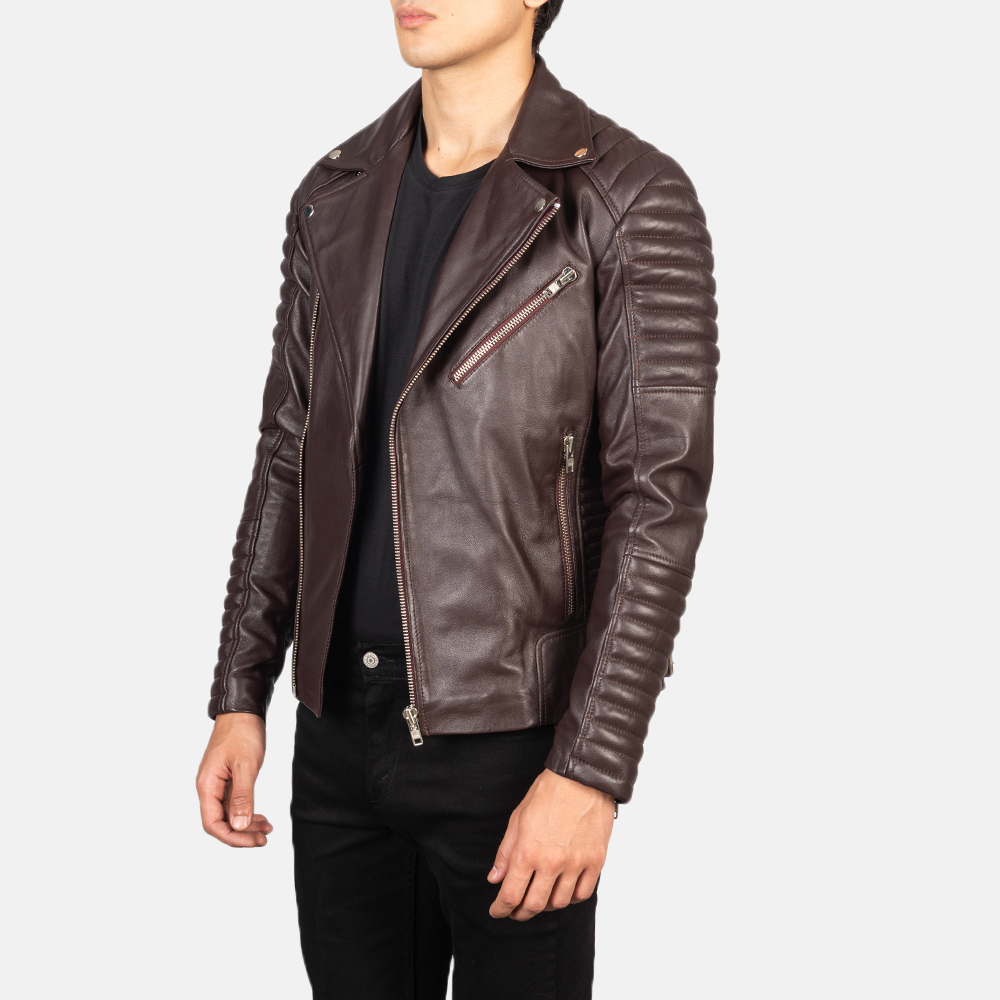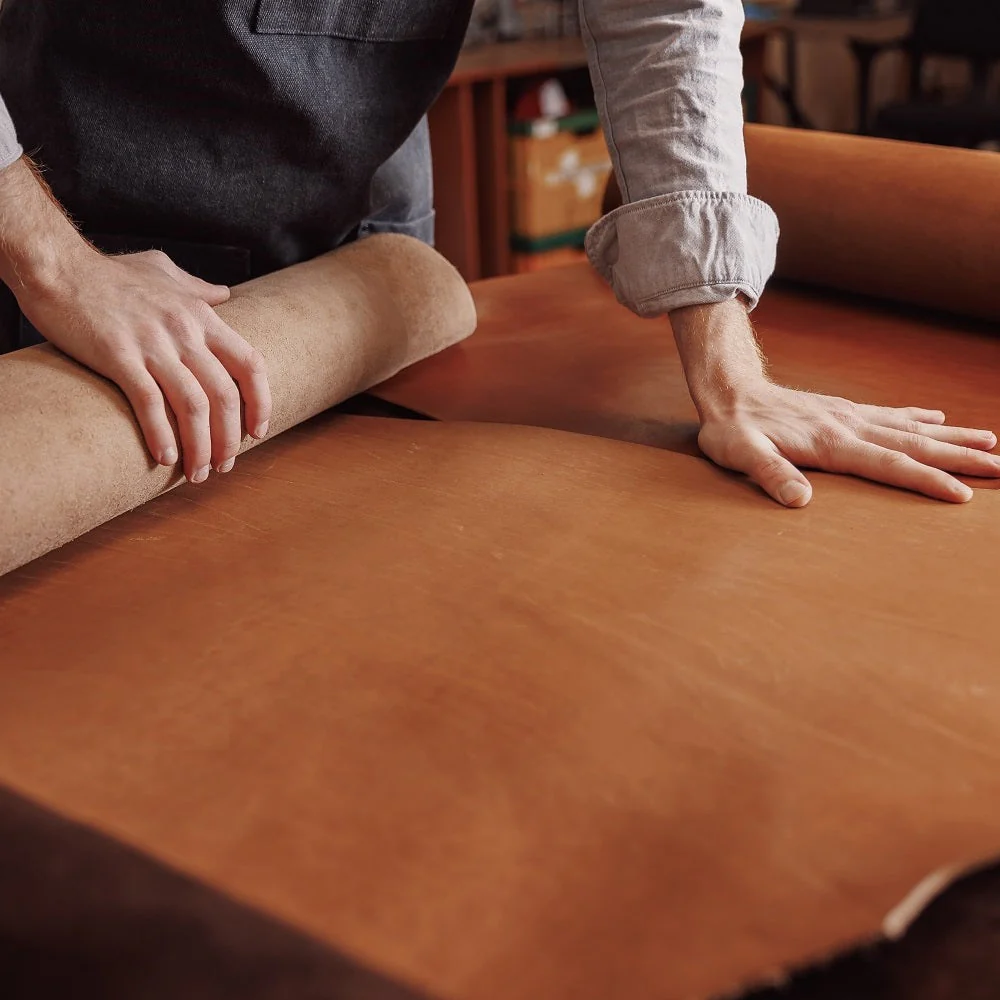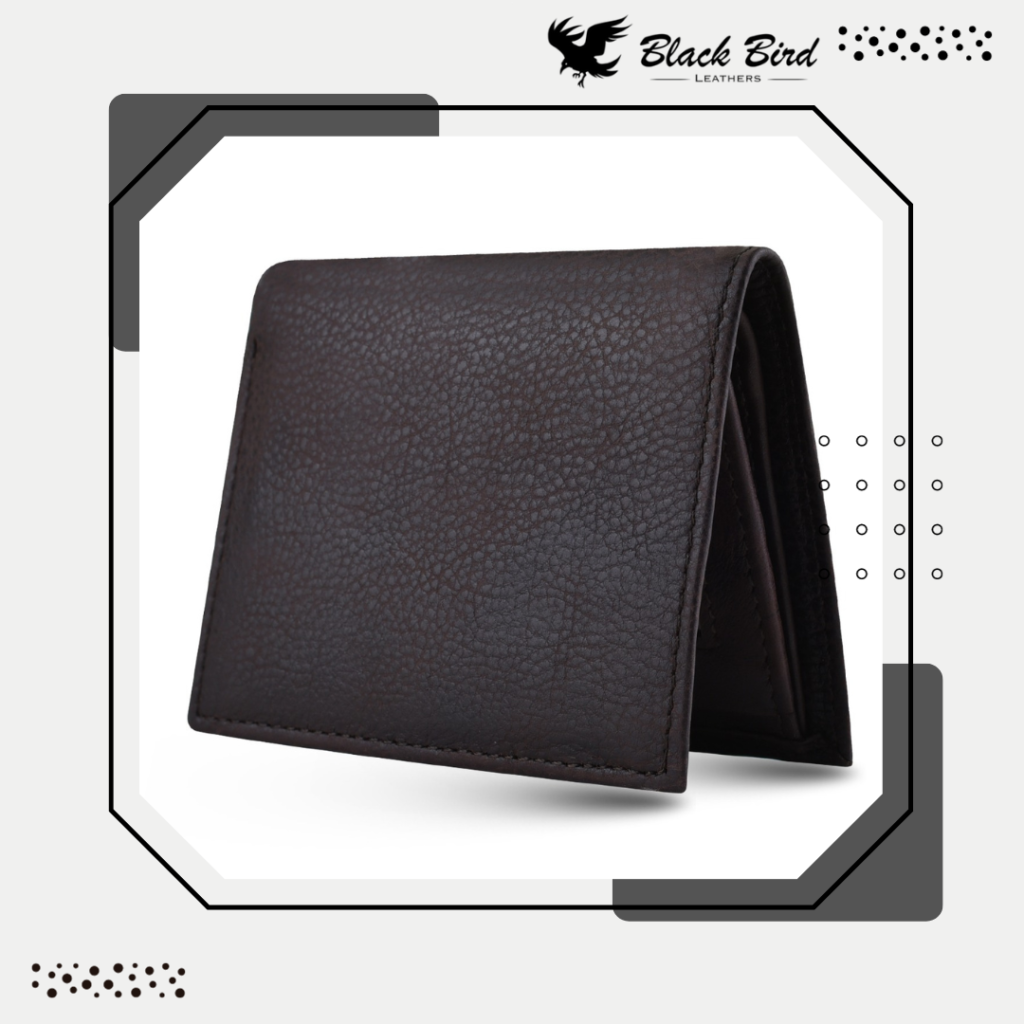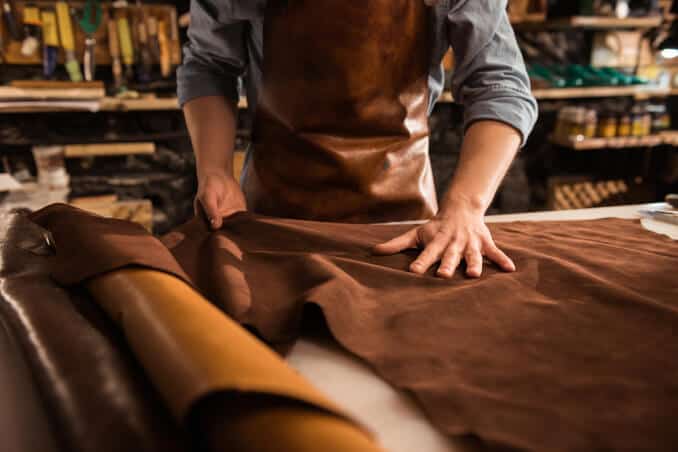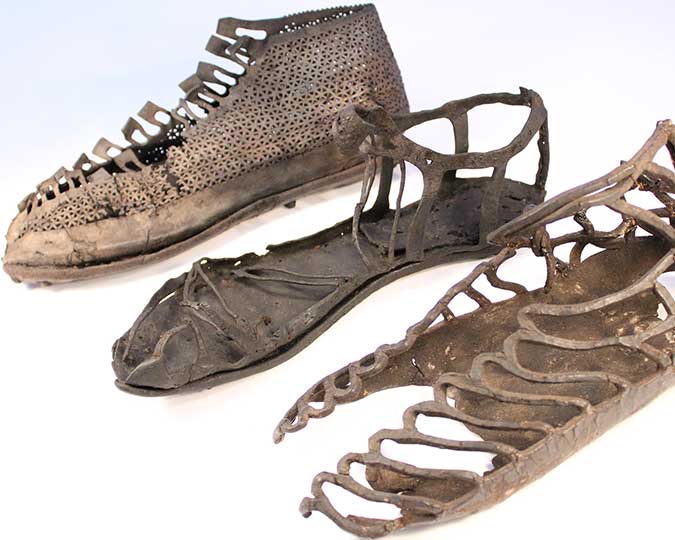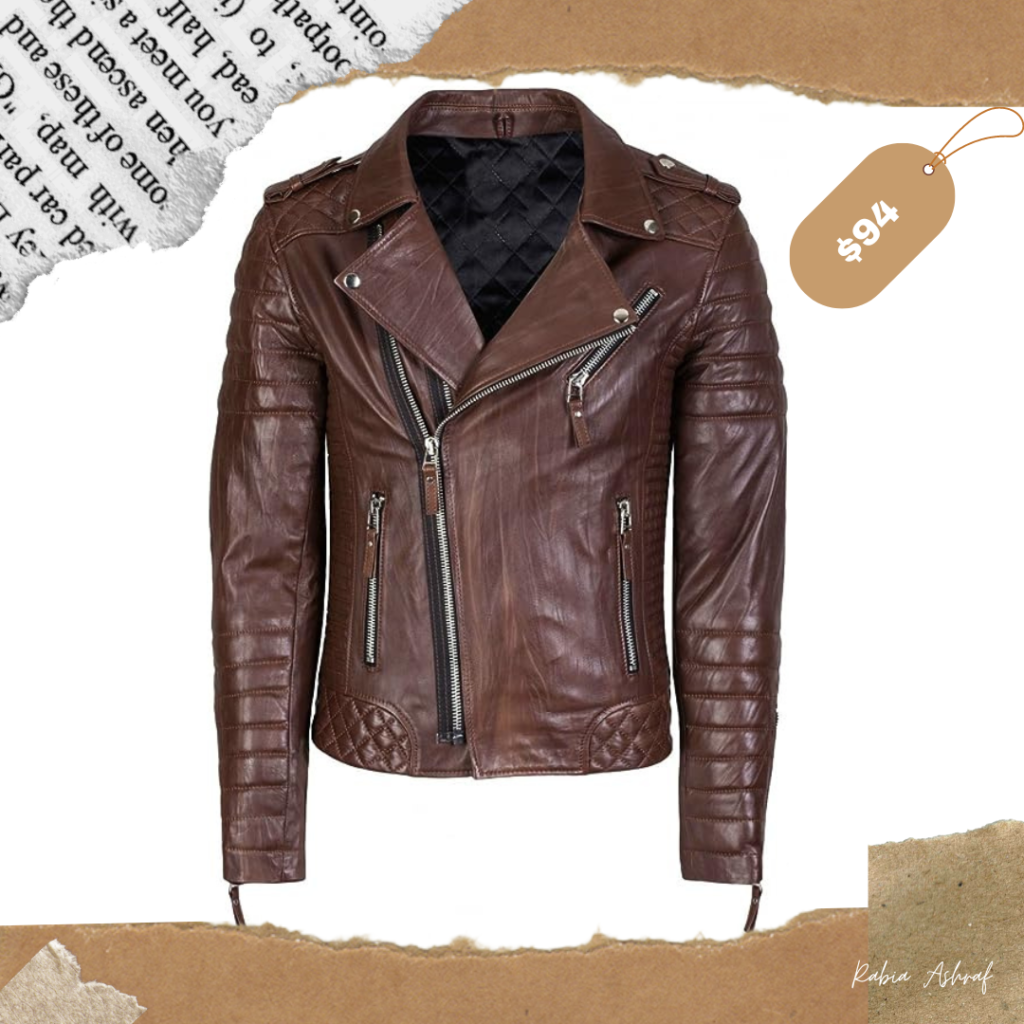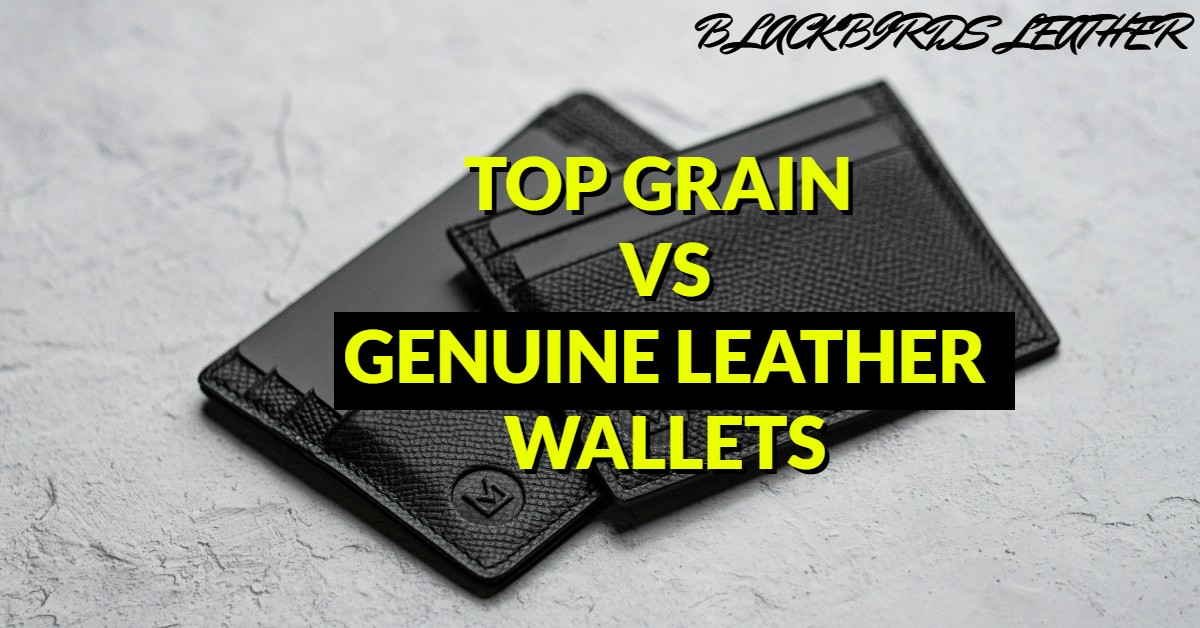Welcome to a definitive exploration of sheep leather – a luxurious material that epitomizes elegance and sophistication. Since about 7000 years ago, humans have been producing leather. Cattle hide products with exceptional qualities include sheepskin leather. After all this time, it still rules the market for products made from animal skins. At Blackbird Leathers, we delve deep into the nuances of sheep leather, unveiling its unique qualities and unrivaled charm.
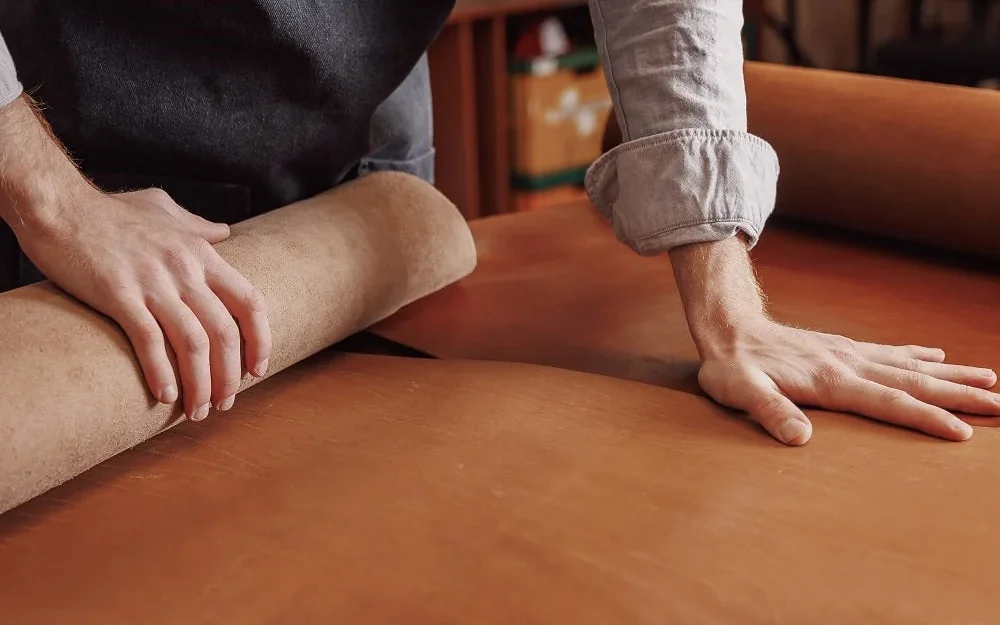
Table of Contents
- What is Sheep Leather?
- How to Identify Sheep Leather
- Sheep Leather Smell
- Sheep Leather Thickness
- Is Sheep Leather Soft?
- Is Sheep Leather Warm?
- Is Sheep Leather Durable?
- Is Sheep Leather Waterproof?
- Is Sheep Leather Good Quality?
- What is Sheep Aniline Leather?
- What is Sheep Nappa Leather?
- What is Hair Sheep Leather?
- Sheep Leather vs Goat Leather
- Sheep Leather vs Cow Leather
- Faux Leather vs Sheep Leather
- Camel Leather vs Sheep Leather
- Sheep Leather vs Lambskin
- Sheep Leather with Wool
- How is Sheep Leather Made?
- How to Dye Sheep Leather
- How to Clean Sheep Leather
- Sheep Leather Conditioner
What is Sheep Leather?
It is leather derived from sheep, as the name implies. Shearling or sheepskin is the term for a sheep hide that still has fur on it. Usually, the animal hair is removed before skin tanning. High-quality leather is sheep leather with hair, often known as Cabretta leather. Sheep that grow hair instead of wool make leather from their hides. The durability and softness of the leather make it highly valued.
How to Identify Sheep Leather
Here are some distinctive elements to identify the sheep leather:
- That’s the thinnest leather available for sale. Sheep leather goods are the lightest animal hide products on the market as a result of this characteristic.
- The well-defined, uniformly spaced pores are readily apparent. When touched, it also has a velvety, soft sensation.
- It almost doesn’t smell after proper tanning. A synthetic scent could be present if the sheep skin was improperly tanned using a lot of chemicals.
- Because of several factors that affect the quality of the hide, sheepskin isn’t the strongest type of leather. On the other hand, leather can withstand damage and survive for decades with proper maintenance.
- The grain size is tiny. The result is a silky feel to the leather.
Sheep Leather Smell
Sheep leather ought to smell barely noticeable or not at all when properly tanned and maintained. Cheap, low-quality leather that hasn’t been properly tanned may frequently have an oily or chemical scent to it.
Sheep Leather Thickness
In contrast to cow’s leather, sheepskin leather is usually quite thin when it’s in its natural state. Of all the commercial leathers manufactured in large quantities, only exotic leathers like fish leather are thinner than sheepskin. Sheepskin measures from 5 to 6 millimeters thick, or roughly 0.24 inches.
Is Sheep Leather Soft?
Sheepskin leather’s incredibly smooth touch is one of the main reasons people choose it. The most distinctive quality of sheep leather is its suppleness. Sheepskin has a velvety feel because of its fine texture and uniformly spaced pores. Sheepskin is a naturally supple leather with a distinctive feel. It also offers some wear comfort because it is hypoallergenic and breathable. It is a highly sought-after material in the clothing industry for both summer and winter accessories because of its breathability and capacity to control temperature and humidity.
Is Sheep Leather Warm?
Sheep leather is windproof and, when worn over layers of clothes, maybe a warm winter garment even though it is thinner than cow leather.
Is Sheep Leather Durable?
Although sheep leather is not as durable as cow leather, it may last a lifetime and outlive most materials with careful care. Sheep leather is still strong, but because it is softer and more pliable, it might eventually be less resilient to deterioration. Both kinds of leather can, however, last a long time with the right upkeep and care.
Is Sheep Leather Waterproof?
Although leather is never completely waterproof due to its inherent permeability, well-conditioned sheep leather may withstand wetness. The most crucial thing to keep in mind is that sheepskin leather is not 100% waterproof, even if it naturally repels moisture or rainfall on a surface level.
Is Sheep Leather Good Quality?
Because it is supple and light, sheepskin is used to make expensive fashion accessories and apparel, such as leather jackets. Sheep leather is an extremely resilient material because of its inherent flexibility, which makes it resistant to tearing even though it is lightweight. A sheepskin garment should endure for decades with proper care, and as it ages, its texture and appearance will get better.
What is Sheep Aniline Leather?
Natural Napa leather is called aniline leather. Napa describes especially soft, tanned hides of any kind from any animal. Aniline colors are applied to the tanned animal skin in a drum during the aniline leather manufacturing process. Transparent and water-soluble, aniline dye is a synthetic dye free of insoluble pigments. Every hide’s natural grain, with all of its marks, wrinkles, and scars, is highlighted throughout the dying process. Aniline leather is colored all the way through as opposed to having a topcoat of dye applied. While the aniline technique keeps the natural markings, applying merely a top-coat dye eliminates them and results in a uniform surface. The aniline treatment should only be applied to the highest grade of leather.
What is Sheep Nappa Leather?
Full-grain leather that has undergone a specialized chemical tan is called Nappa. The resulting leather is incredibly smooth, supple, and wrinkle-free while still retaining the original hide’s elegance. High-end luxury products are made from sheep nappa leather.
What is Hair Sheep Leather?
Dress gloves are made from premium leather called Cabretta or hair sheep leather. Sheep that grow hair instead of wool make leather from their hides. The durability and softness of the leather make it highly valued.
Sheep Leather vs Goat Leather
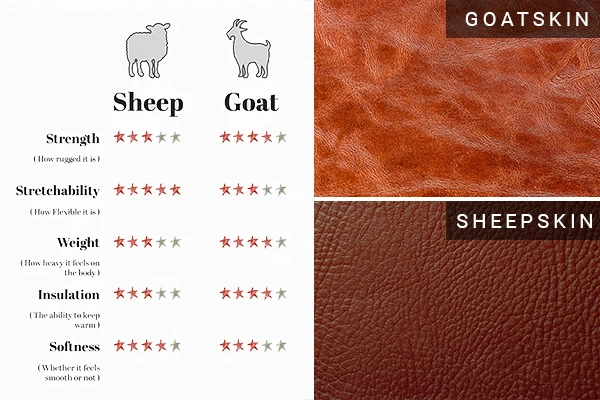
Goat and sheep leather are extremely similar. These leathers are supple, long-lasting, and have a beautiful texture while being lightweight. Of the two, sheepskin is more highly esteemed. Sheep leather is lighter than goat leather and has a higher degree of stretchability, softness, and suppleness. Goat leather, on the other hand, has better longevity because it is relatively robust and water-resistant.
Sheep Leather vs Cow Leather
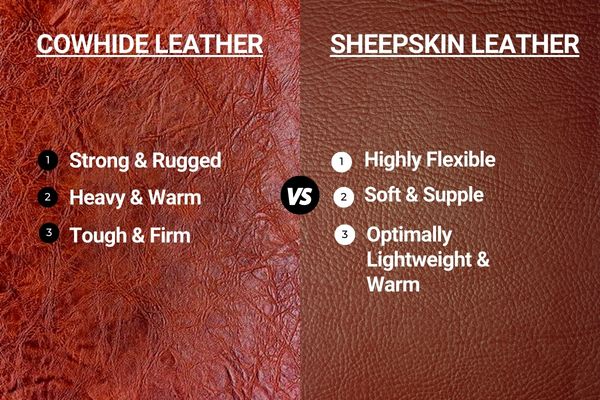
Though it is tougher and more resilient than sheep leather, cow leather is the most commonly utilized type of leather because it lacks the softness and suppleness of sheep leather. More substantial products like shoes, big purses, and jackets are made of cow leather. Sheep leather is utilized for small, upscale fashion accessories and clothing because it is lightweight.
Faux Leather vs Sheep Leather
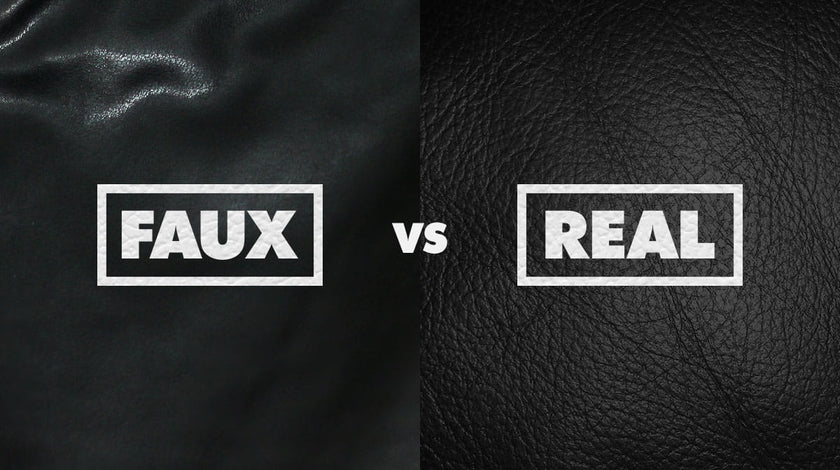
The texture of genuine leather jackets is softer than that of faux leather jackets. Genuine leather jackets are exceptionally soft, regardless of the type of leather used—cowhide or sheepskin. Conversely, the texture of faux leather jackets is stiffer and tougher than that of genuine leather jackets. The term “faux leather” refers to a growing variety of leather alternatives. Although petrochemical byproducts were primarily used in the past to make these, organic leathers grown in laboratories are currently being developed. The fake leather substitutes available today are not nearly as robust or long-lasting as sheepskin.
Camel Leather vs Sheep Leather
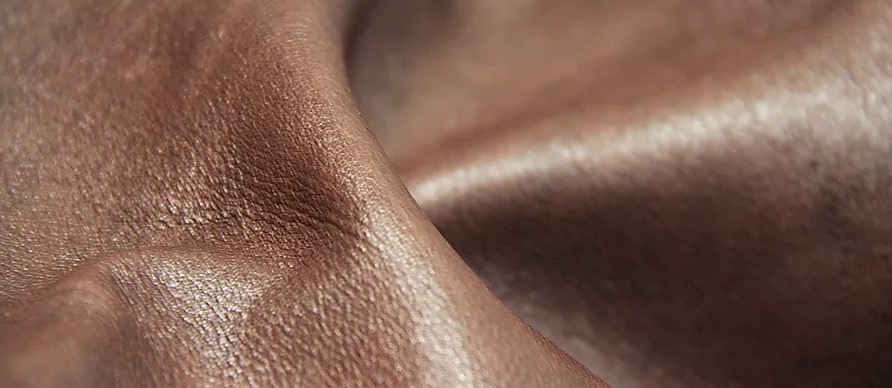
When it comes to withstanding abrasions and punctures from everyday wear and tear, camel leather is extremely resilient. In the hostile environments where camels have historically thrived, their hide has 10 times more fibers per square centimeter than cow skin. Camel leather is incredibly robust and durable due to the incredibly dense fibers in its hide. It works well for heavier products, just as cowhide. Compared to sheep leather, it is heavier and less supple.
Sheep Leather vs Lambskin
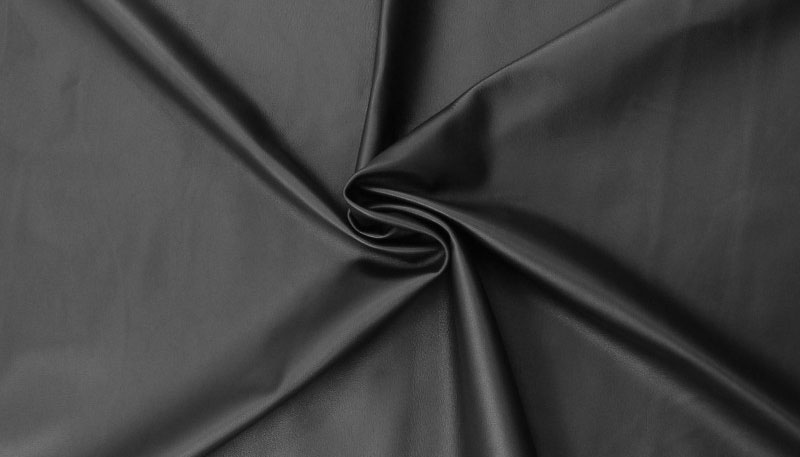
The leather that a sheep produces before it reaches adulthood is called lambskin. Moreover, sheepskin leather can be incredibly supple. A sheep may even be considered mature at 10–12 months of age based on the maturity of its skin. Because lambskin is more flexible, comfortable, and warm than the skin of older sheep, it is utilized for high-end leather items.
Sheep Leather with Wool
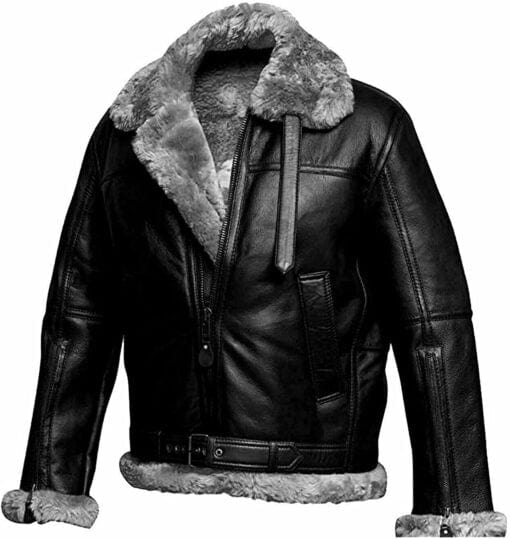
Sheepskin jackets and slippers are made from sheepskin that has been tanned while the fleece is still intact. The fleece serves to pull sweat away from the body and is hypoallergenic in addition to being an excellent thermal layer.
How is Sheep Leather Made?
Sheep hides are tanned, much like any other animal’s hides, to produce leather. There are two main methods for accomplishing this: the most popular and quick commercial method is chemical tanning; the other is vegetable tanning, which is more ecologically friendly but requires a lengthier procedure and costs more money. Thus, sheepskin is made using the conventional tanning method, which keeps the key features of the animal’s hide intact over time by altering the hide’s protein structure and preventing it from degrading and rotting.
How to Dye Sheep Leather
Before leather is utilized in manufacturing, it is usually colored. The aniline method completely dyes the leather while maintaining the surface’s inherent beauty. Additional industrial dying techniques entail smearing the leather with a uniform-looking coating of color. Before dying the leather, you must use a chemical solution to remove any glazing if you want to dye sheepskin at home. If you are trying to dye sheepskin at home, you must exercise extreme caution and make sure you adhere to all applicable health and safety precautions because sheepskin is easily marked during the dying process.
If using a real sheepskin, soak it in the dye for up to eight hours, but at least two hours are needed to fully soak it. To make sure the dye is distributed evenly, flip the sheepskin over a few times while it is soaking. To remove extra dye, remove the sheepskin and give it a quick rinse in lukewarm water. Dry by hanging, ideally in direct sunlight.
How to Clean Sheep Leather
A professional cleaner will be needed for severe discoloration, although corn starch can be used to remove common dirt and grime. Lay the leather flat and use a suede brush to brush in the direction of the grain. Use a lot of cornstarch, let it sit for 10 minutes, and then brush it off. It is recommended to test any newly purchased product on a tiny, discrete area before using it on leather.
Sheep Leather Conditioner
Commercial leather conditioners come in a wide range, but since sheepskin is a soft, absorbent leather, you should be careful when selecting one because not all of them will work for your leather. Before using a conditioner in its whole, you should always test it on a discrete section of the item.
Some Sheep Leather Products of Blackbird Leathers
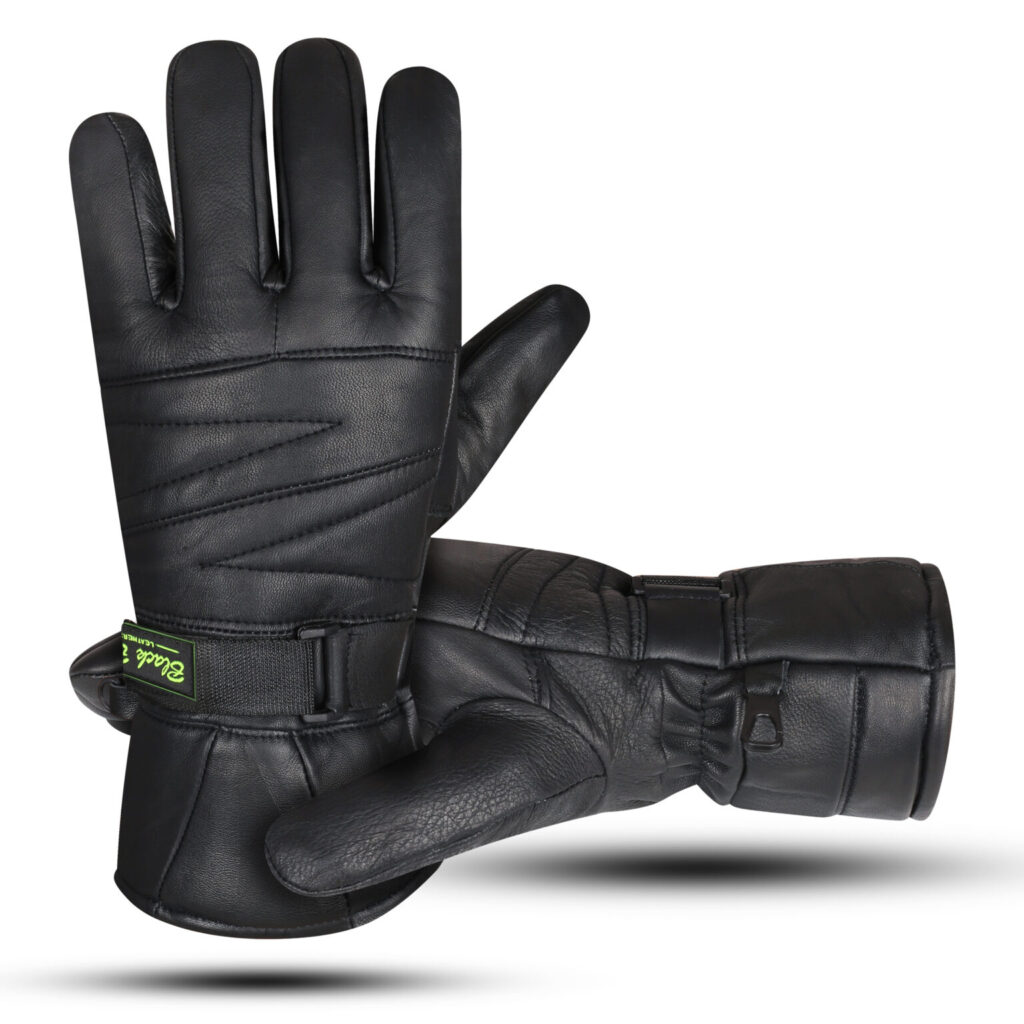
Sheepskin Winter Leather Gloves
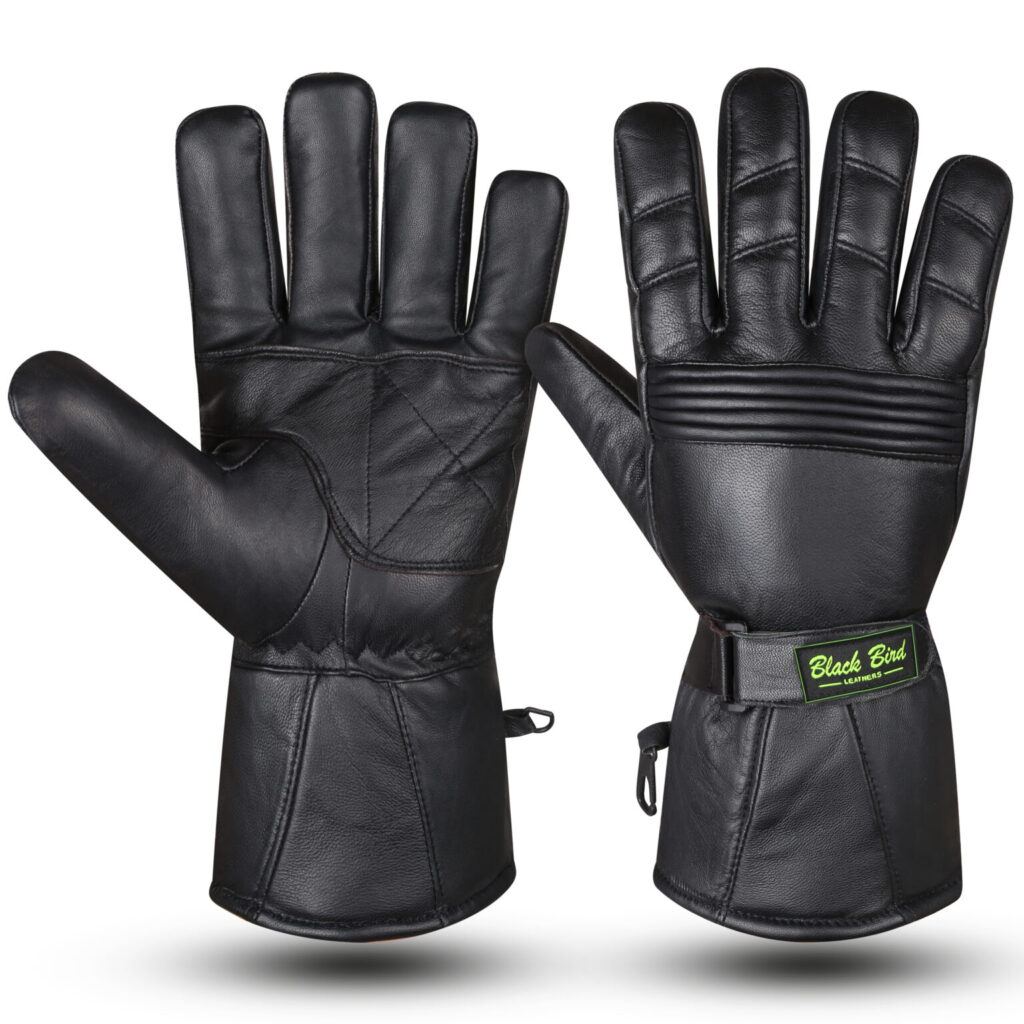
Premium Sheepskin Motorbike Leather Gloves
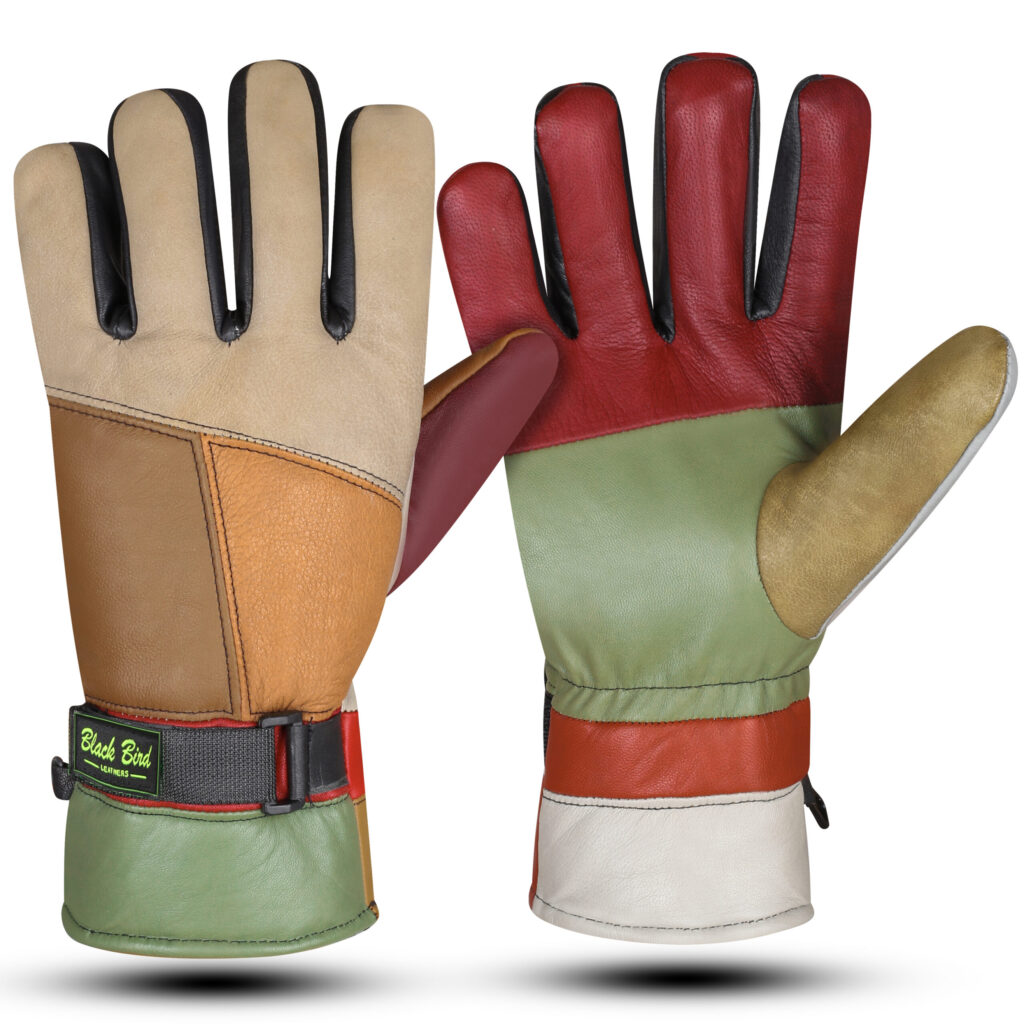
Multicolor Sheepskin Leather Glove
Final Thoughts
Our comprehensive guide to sheep leather at Blackbird Leathers encapsulates the essence of this exquisite material. From its origins to crafting techniques, applications, and care tips, we unravel the story of sheep leather. Elevate your style with Blackbird Leathers and visit our online store—where luxury meets conscientious craftsmanship.


